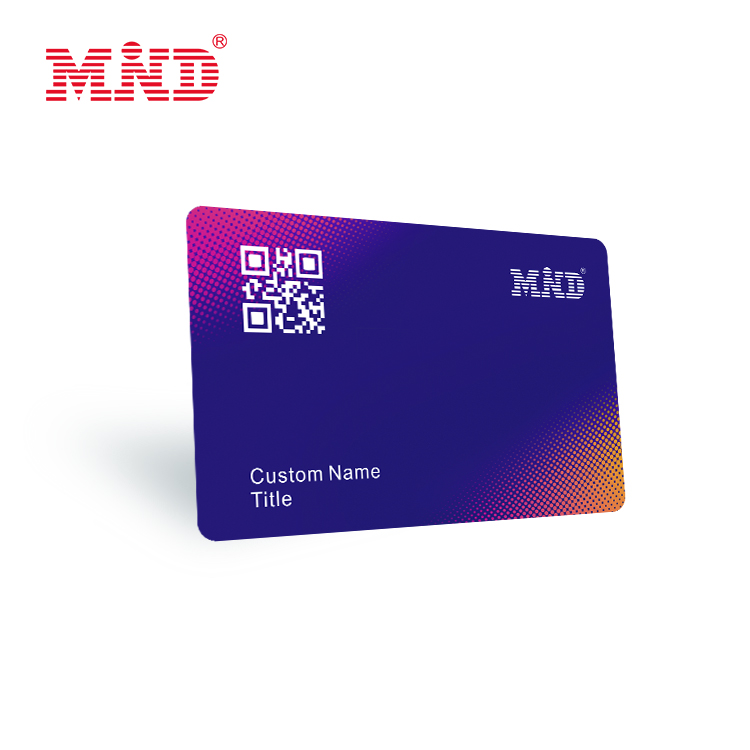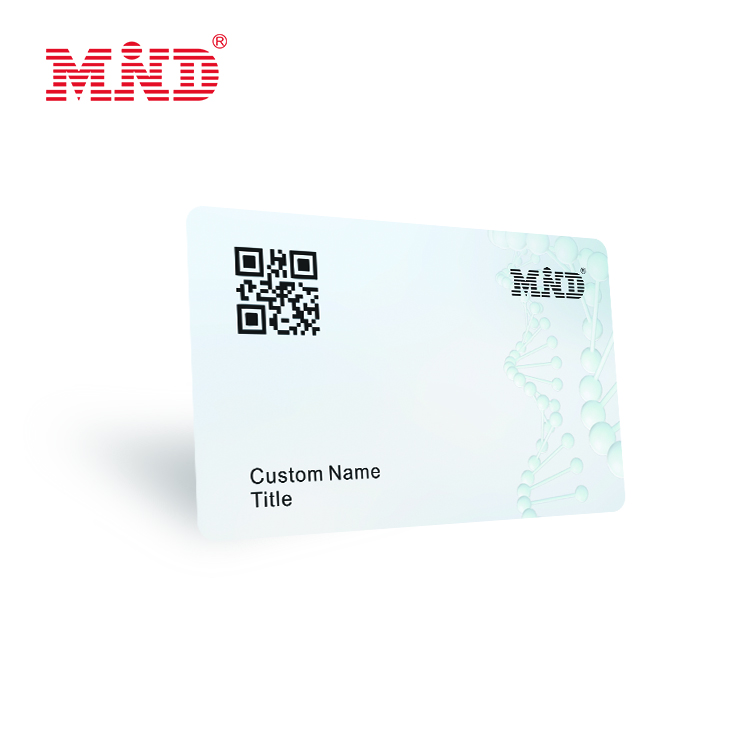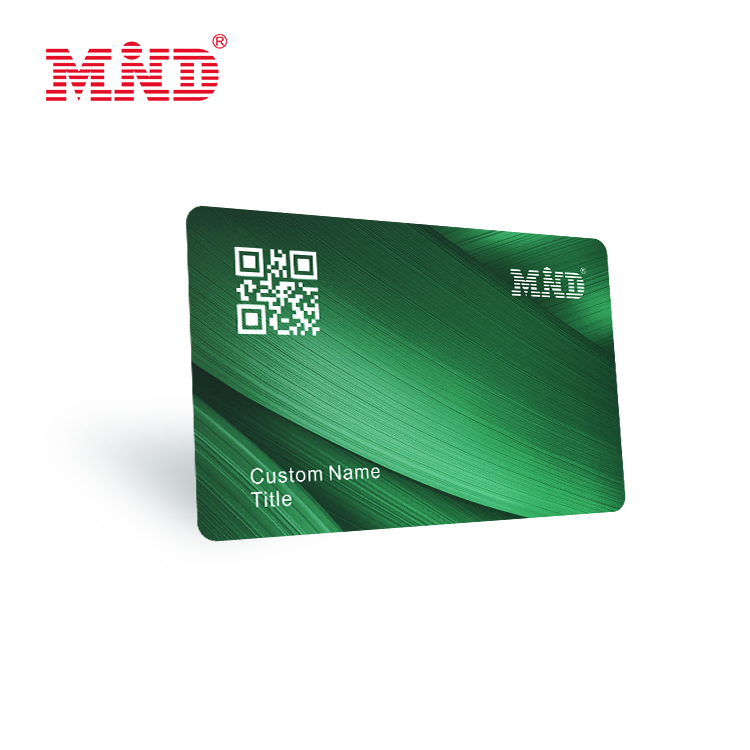Most RFID cards still use plastic polymers as the base material. The most commonly used plastic polymer is PVC (polyvinyl chloride) because of its durability, flexibility, and versatility for card making. PET (polyethylene terephthalate) is the second most commonly used plastic polymer in card production due to its high durability and heat resistance.
The main size of RFID cards is known as the “standard credit card” size, designated ID-1 or CR80, and is codified by the International Standards Organization in the specification document ISO/IEC 7810 (Identification Cards – Physical Characteristics).
ISO/IEC 7810 specifies ID-1/CR80 dimensions equal to 85.60 x 53.98 mm (3 3⁄8″ × 2 1⁄8″ ), with a radius of 2.88–3.48 mm (approximately 1⁄8″ ) rounded corners. Depending on the Depending on the production process and customer needs, the thickness of RFID cards ranges from 0.84mm-1mm.
Custom sizes also available according to customer’s needs.
How RFID Card Works?
Simply, each RFID card is embedded with an antenna connected to the RFID IC, so it can store and transmit data through radio waves. RFID cards typically use passive RFID technology and require no internal power supply. RFID cards work by receiving electromagnetic energy emitted by RFID readers.
According to different frequencies, RFID cards are divided into four categories.
Low frequency 125KHz RFID card, reading distance 1-2cm.
High frequency 13.56MHz RFID card, reading distance up to 10cm.
860-960MHz UHF RFID card, reading distance 1-20 meters.
We can also combine two or even three different frequencies into one RFID card.
Feel free to contact us and get FREE sample for your RFID testing.
Post time: Sep-28-2023









